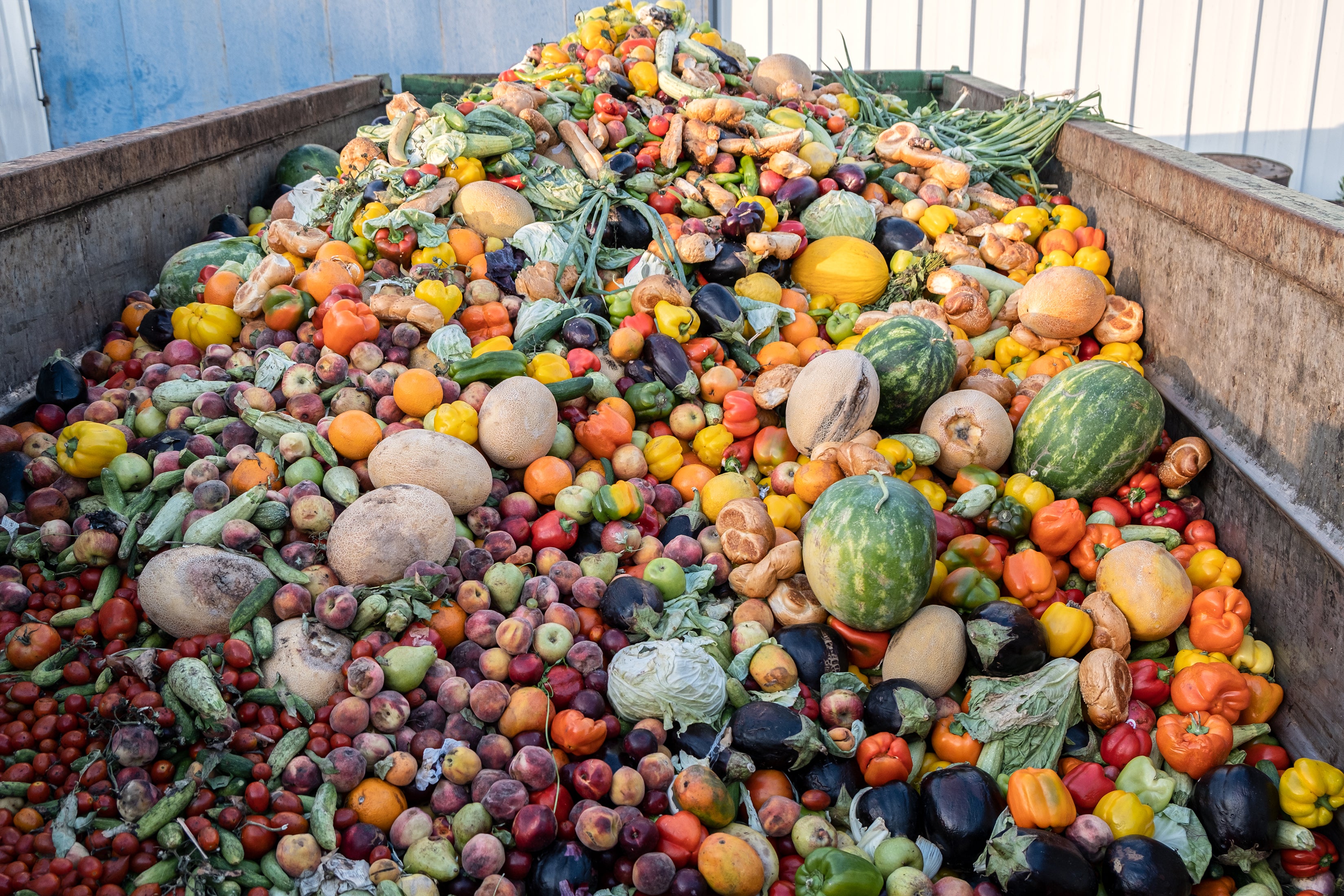
5 Ways To Reduce Food-Related Emissions
By Beth Rush
Climate change is escalating and addressing the food system’s environmental impact has become urgent. Food-related emissions from production, processing, transportation, and waste contribute dramatically to global greenhouse gas emissions. However, there are numerous strategies individuals, businesses and policymakers can adopt to mitigate these impacts. Here are five ways to reduce food-related emissions.
-
Reduce Food Waste
The simplest way to reduce food-related emissions is to cut back on food waste. Food production accounts for 26% of global greenhouse gas emissions, mainly from livestock agriculture. The food production process involves various stages, including growing, harvesting, processing, packaging, and transporting, all contributing to greenhouse gas emissions. When you waste food, you also waste the resources used to produce it, such as water, energy, and land.
Reducing food waste can decrease the demand for food production, reducing emissions. Fewer carbon emissions from farm equipment, transportation and processing facilities ultimately lead to a lower carbon footprint for the food supply chain.
Approximately one-third of all food produced for human consumption goes to waste annually. This waste often ends up in landfills, where it decomposes and produces methane, a potent greenhouse gas. Methane has a global warming potential 80 times higher than carbon dioxide, so it contributes significantly to climate change.
Composting food scraps instead of sending them to landfills can mitigate this issue as composting emits less methane and provides nutrients to the soil. You can add the following remnants to your compost bin:
- Eggshells
- Fruit and vegetable peels
- Coffee grounds
- Tea bags
- Grass cuttings
Other simple ways to minimize food waste include:
- Grocery and meal planning.
- Buying only what you need.
- Using leftovers.
- Freezing foods that would otherwise go to waste.
-
Switch to Sustainable Agricultural Practices
Sustainable agricultural practices promote methods that are less reliant on fossil fuel chemical inputs. Traditional practices often depend heavily on synthetic fertilizers and pesticides, which are energy-intensive in producing and emitting significant amounts of greenhouse gases.
Sustainable practices, such as organic farming, agroecology and permaculture, emphasize using natural fertilizers, crop rotation and polycultures. These methods enhance soil health and reduce the dependency on chemicals, leading to lower overall emissions.
The healthier the soil, the better its chances of absorbing and storing carbon dioxide, acting as a carbon sink. Practices such as cover cropping, reduced tillage and compost and organic matter maintain and enhance soil structure. These methods increase the soil’s ability to retain carbon, reducing the amount of carbon dioxide released into the atmosphere.
-
Eat More Plants
Plant-based foods usually have a lower environmental impact than animal products. Livestock farming significantly contributes to greenhouse gas emissions — particularly methane — released during digestion in animals like cows and sheep.
Plant-based diets are more resource-efficient, requiring less land, water and energy than animal-based foods. Livestock farming uses significant amounts of water, fertilizers and pesticides, emitting excessive greenhouse gases. In contrast, growing plants directly for human consumption bypasses the need for this extra step, leading to more efficient resource use. For instance, producing a pound of vegetables typically uses far less water and generates fewer emissions than a pound of beef.
Legumes — like chickpeas, black beans, edamame and lentils — are one of the most sustainable crops to farm. They require much less water and fertilizer than animal agriculture, making them an environmentally friendly option. Plus, they’re high in protein and fiber, helping you reach your nutritional goals without the environmental consequences. One cup of lentils contains about 17.9 grams of protein and 15.6 grams of fiber, and they’re packed with essential vitamins like folate and iron.
Legumes also fix nitrogen in the soil, improving soil quality and acting as effective carbon sinks. Diverse plant-based farming systems can support greater biodiversity, which enhances ecosystem resilience and stability.
-
Reduce Packaging Waste
Most food packaging contains plastic, paper, glass or metal. Fortunately, you can recycle these materials, but many people don’t, and they end up in landfills or oceans, rivers, lakes and other water sources. Packaging also requires substantial energy and resources, releasing greenhouse gases into the atmosphere. Minimizing single-use packaging and switching to reusable, recyclable or compostable alternatives can significantly reduce emissions from production and disposal.
-
Purchase Locally Produced Products
Food transportation is responsible for 6% of emissions, while the dairy and meat industry accounts for 83%. While this number is minimal, it all adds up over time. Purchasing food locally is a fantastic way to minimize the distance food travels from farm to table.
Transporting food over long distances is often referred to as “food miles,” involving substantial fuel consumption and emissions. In the U.S., food travels an average of 1,500 to 2,500 miles before it reaches your plate. Minimalistic packaging strategies — such as bulk purchasing and using lightweight materials — can reduce the volume and weight of food shipments. This leads to lower fuel consumption and fewer emissions during transportation.
These switches lower the carbon footprint and support local farmers and economies, promoting a more sustainable and resilient food system. Additionally, locally produced food typically requires fewer packaging and processing materials, further reducing emissions.
Local food systems tend to emphasize seasonal and fresh produce, which usually means less reliance on preservatives and extensive design to extend shelf life for long-distance shipping.
Every Action Counts
Reducing food-related emissions is a challenging task, requiring individual and societal efforts. Each action plays a critical role in mitigating climate change’s disastrous impacts.
About the author: Beth Rush is the green wellness editor at Body+Mind, where she covers topics like the power of climate consciousness at all stages of education. You can find Beth on Twitter @bodymindmag. Subscribe to Body+Mind for more posts by Beth!